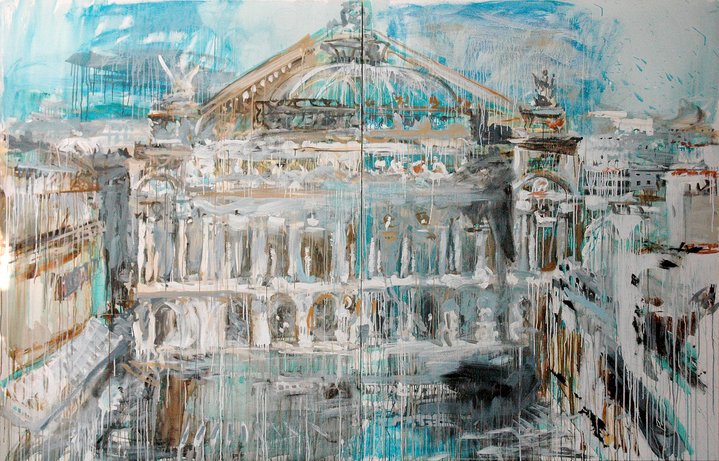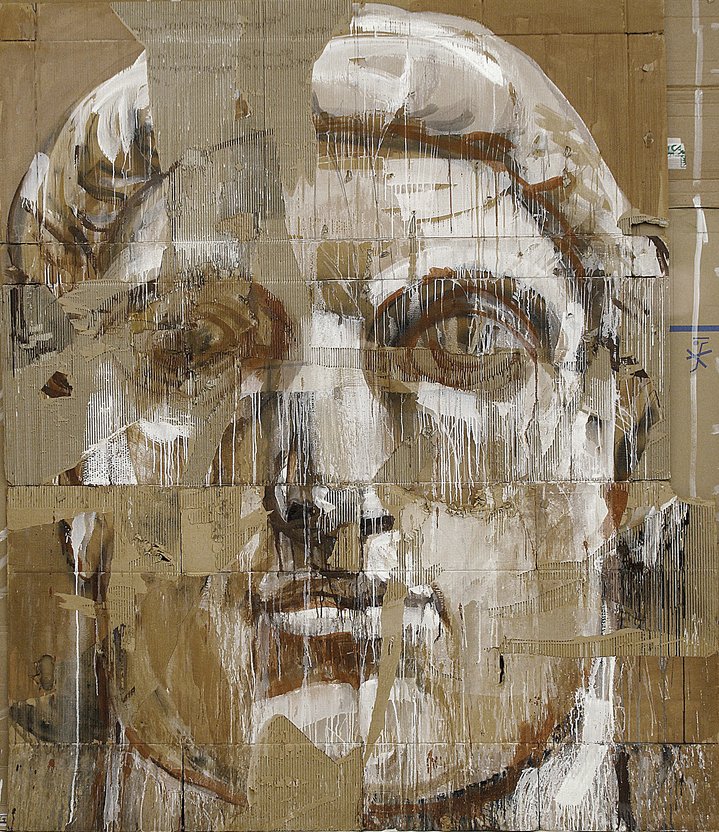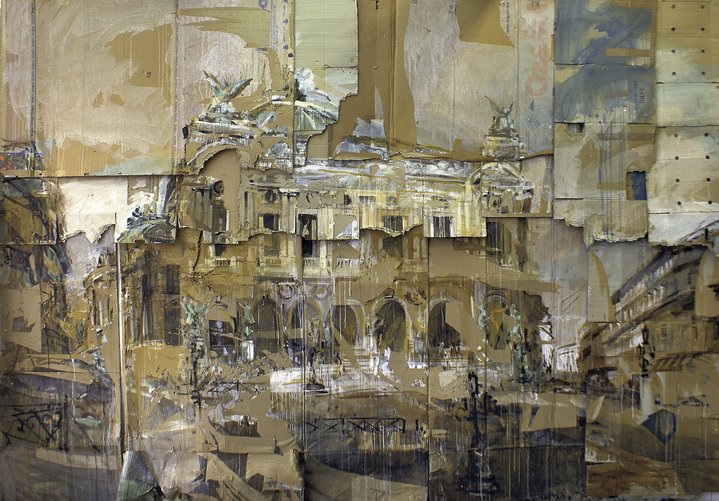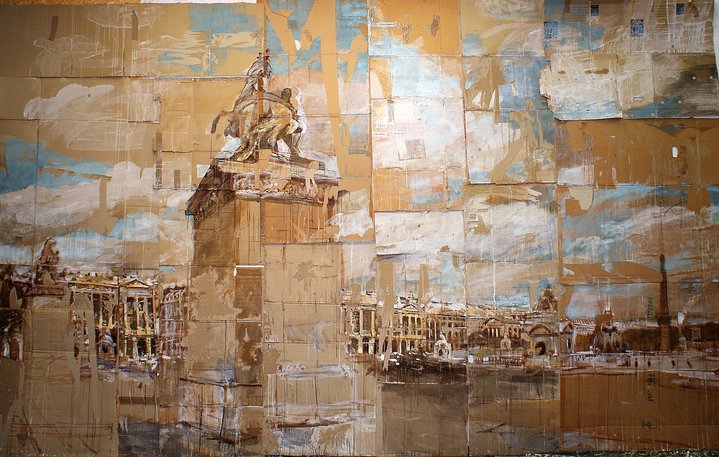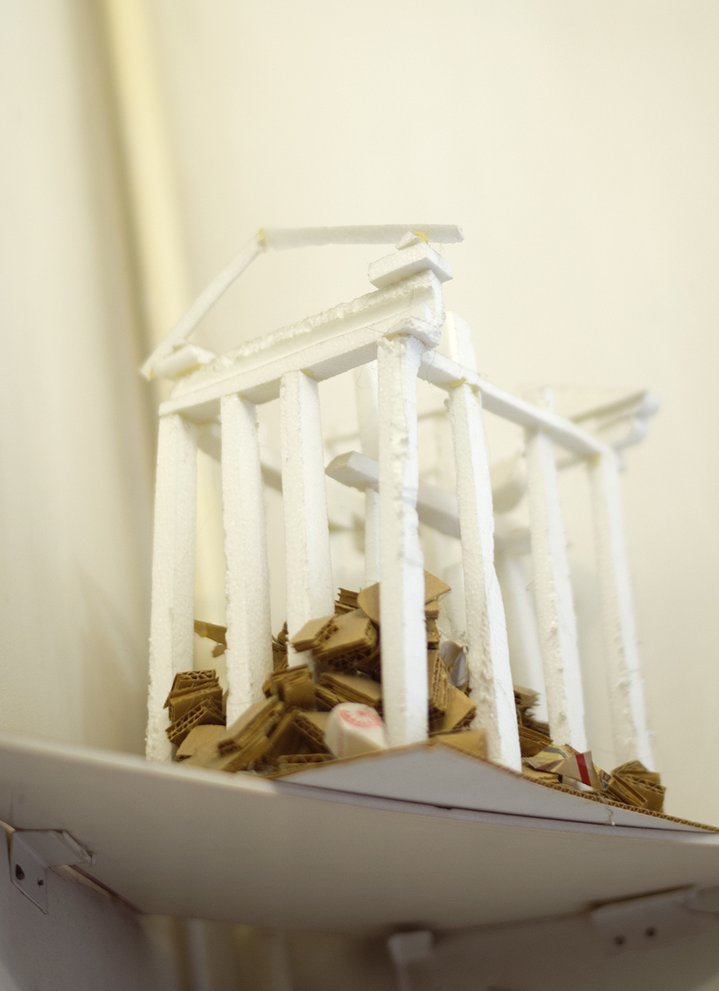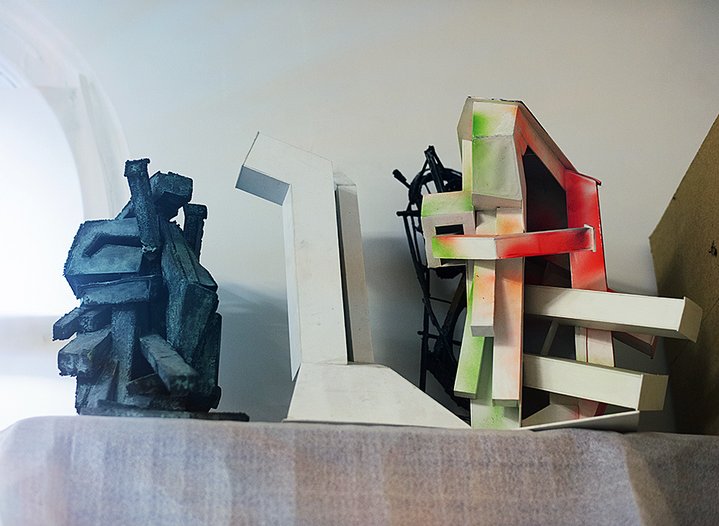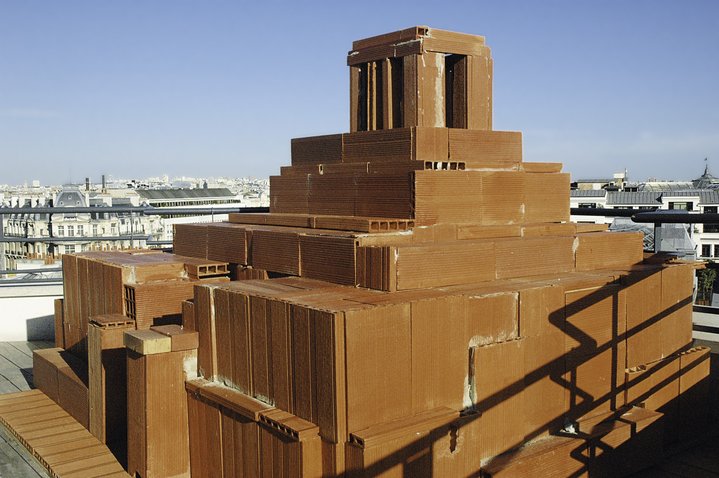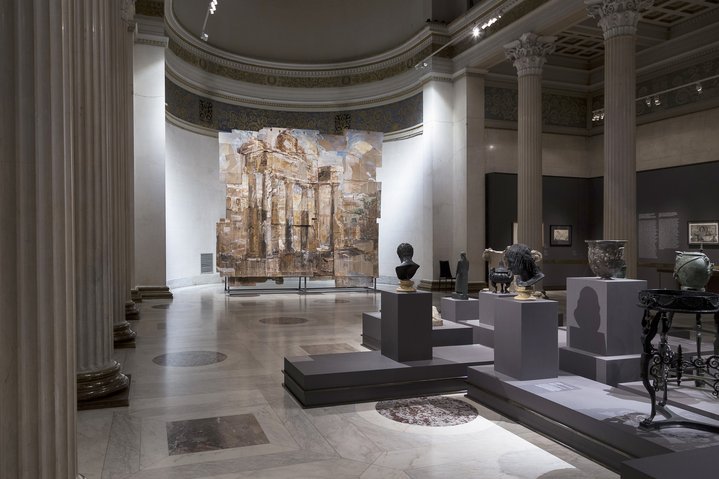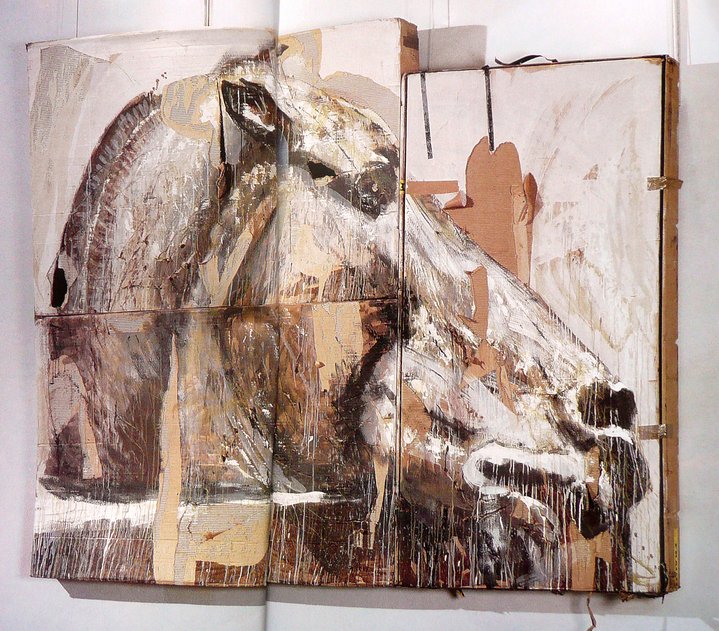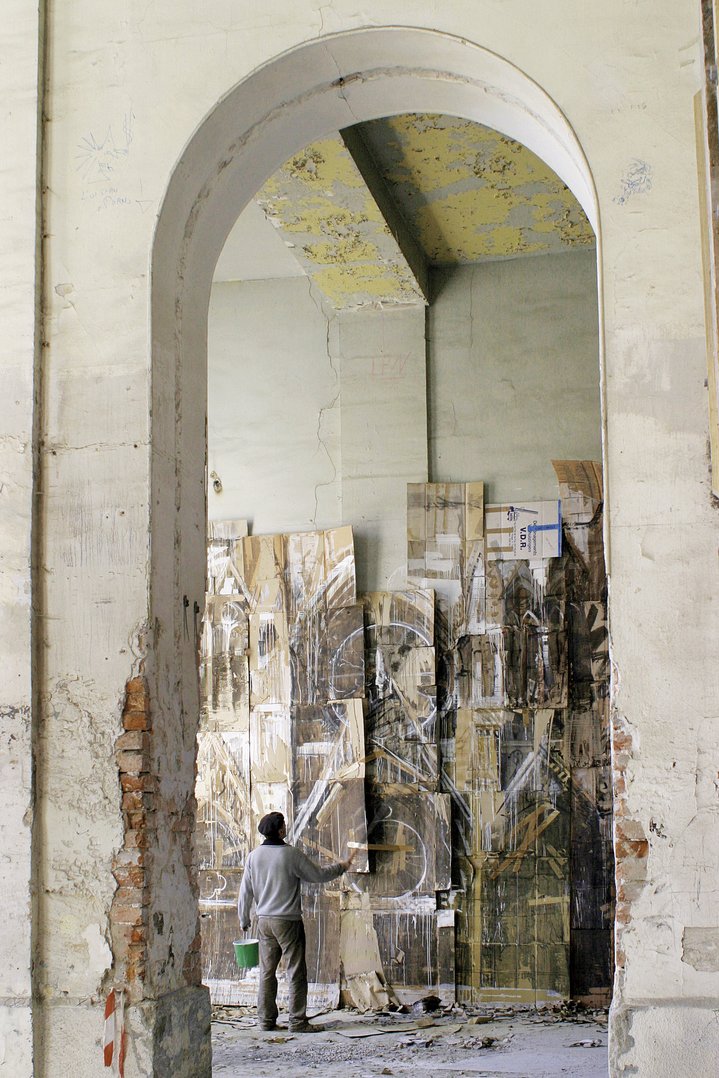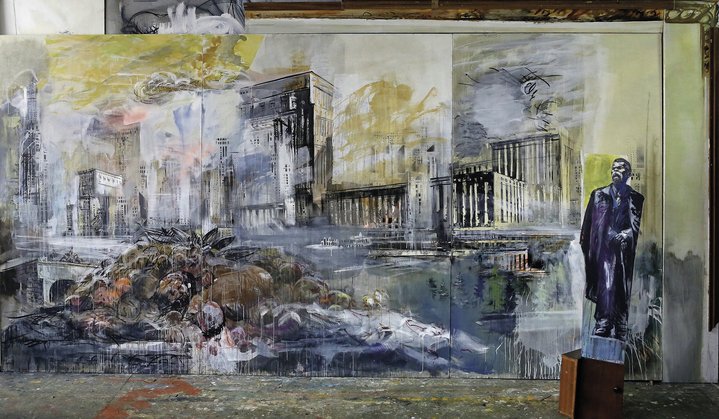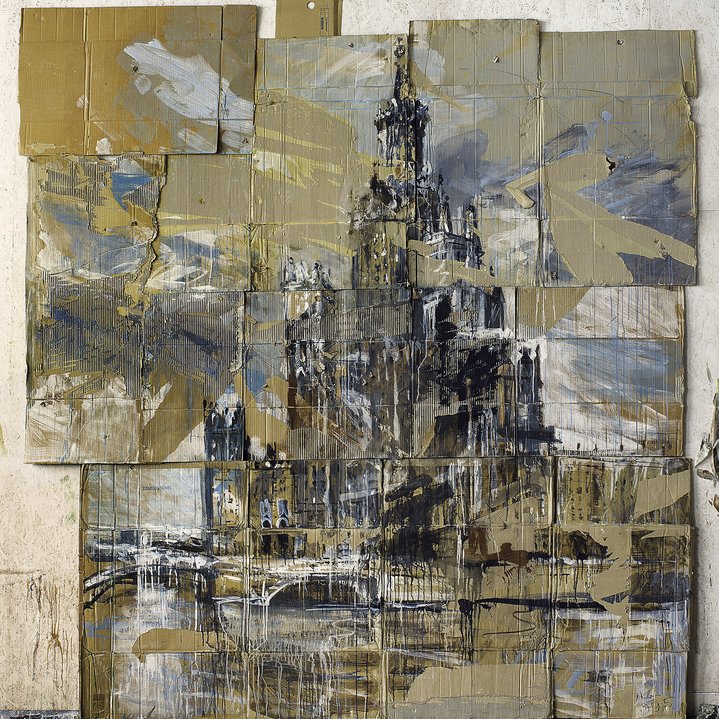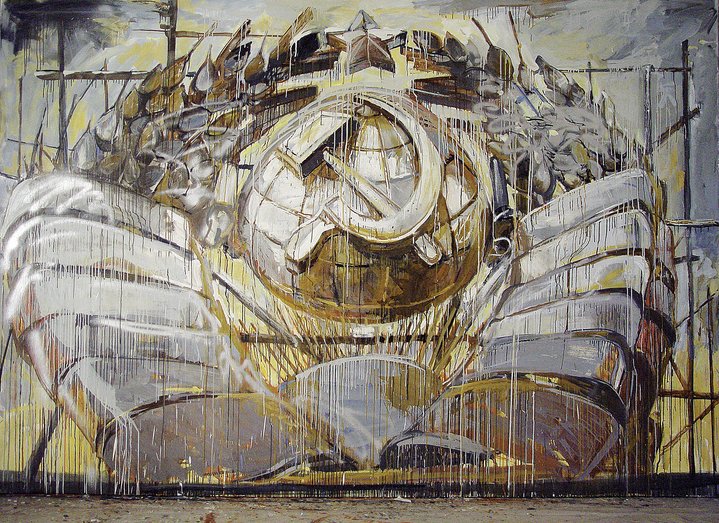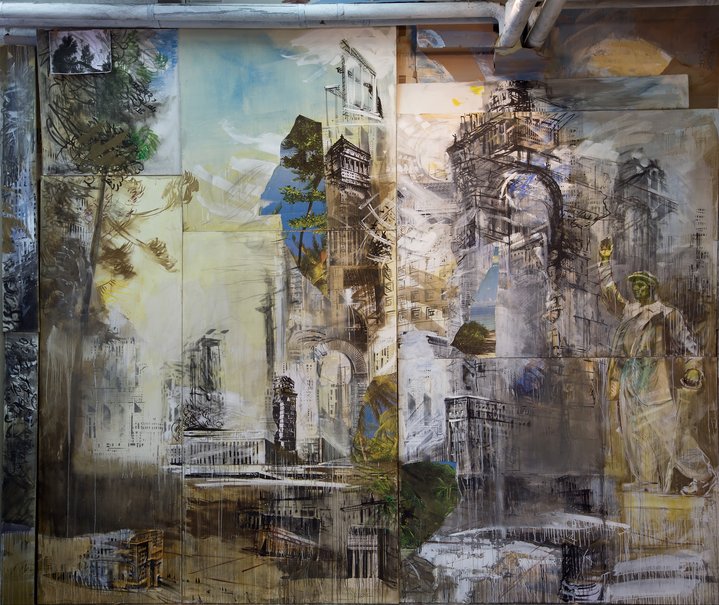Valery Koshlyakov: the collector of the stones of an abandoned culture

This bold Russian artist rejects contemporary approaches and trends, mourns past traditions and worships painting, whose practitioners have become an endangered species.
Russian artist Valery Koshlyakov (b. 1962) is a devotee of the classical European tradition of painting, which inspires his monumental works, but he feels alienated from contemporary art movements, which he regards as rootless. He sees contemporary artists as the prisoners of trends, condemned to work on a conveyor belt and unable to create outside that system. He believes that modern art galleries focus far too much on hype, trends and business. Koshlyakov wants to bring the attention of artists, especially young ones, to the existence of painting that needs to be remembered, respected, studied and understood.
In a 2016 book called ‘The Message in Painting’, published by Moscow’s Museum of Russian Impressionism, Koshlyakov expressed the fear that painting had ceased to be the language of contemporary art, in part because the consciousness of viewers has been captured by Modernism.
Koshlyakov sees painting as a special language that needs to be protected, especially now that contemporary art has become, as he calls it, “the new religion”. Ironically, it was his contact with new and radical forms many years ago which turned him off from contemporary art he now regards as dubious.
“I don’t like contemporary art. I realized this late, having already committed many mistakes and having lost substantial time on a doubtful activity with uncongenial people, people whose views are alien to me,” is how the artist puts it.
Koshlyakov studied art at the Grekov Art Institute in the southern Russian city of Rostov-on-Don. His first exhibition was part of a group called ‘Art or Death’. It was staged in a public lavatory and the show’s title was ‘The Provincial Avant-Garde’. Like many of its members, Koshlyakov moved to Moscow at the beginning of the 1990s. He remembers a city which no longer exists. It was monochrome, an antique full of decayed Stalinist buildings. For him, that Moscow had a feel of Ancient Rome.
The Soviet Union had collapsed. It was a time of enormous changes. Koshlyakov wasn’t passionate about the new art that he saw, but he found himself at its epicentre and admits he was completely overwhelmed by it.He and other members of his group were working underground at the time. Their art was literally sprouting from squats. Art galleries were few and out of reach anyway.
In Moscow, cardboard became Koshlyakov’s signature material. He started using it out of necessity for large-scale formats to imitate murals. As a young artist, then living illegally in Moscow, with no material support, Koshlyakov had to find something that cost nothing and was easy to dismantle and transport, as he moved a lot. He has never abandoned it. On cardboard, he destroys an image and then reconstructs it, several times, using scotch tape, before the object acquires a certain energy. The result is a trace, a ruin, seen as a cultural symbol.
He is now seeking funding to publish an album that would explain the fundamentals of painting and show young artists the importance of an approach whose shrinking adherents he now calls an endangered sect.
According to him, contemporary art has neither a school, nor a history. His view is that, like the Futurism of the early 20th century, it proclaims a new life without a past. He puts much of the blame on a new Russian artistic current that was neither visual nor plastic, but only cerebral. Its name was Conceptualism, built on words, ideas and texts. The advent of Perestroika forced Soviet minds to catch up in 10 years on how western art had developed during the entire 20th century. Conceptualism’s emergence from underground coincided with a massive inflow of information into what had so long been a hermetically closed country. Koshlyakov believes this sudden collision with local traditions was risky for Russia’s culture that had traditionally been more sensual than cerebral. He believes Conceptualism offered quick success to an intelligentsia deprived of a serious artistic education.
According to Koshlyakov, the main requirement of contemporary art is not the quality of its work, but its presentation. In his opinion, it has no future beyond the immediate thrill it provides. Painting is, on the contrary, seen by him as a craft directly related to “Tradition”. It has a long experience of survival. It can emerge anywhere and it doesn’t depend on public recognition.
For him, a true artist must aim to live up to the highest and most difficult standards of an art that was founded long before us. Unlike today’s audience, he believes it cannot be fooled or bought.
Koshlyakov has never related to trends or mainstream currents in Russian art. At times, he even feels he can no longer call himself an artist. He now regards his contribution as perhaps a decorative craftsmanship for what he describes as a small circle of people who used to argue themselves hoarse about issues such as composition and complex colours. It is this forgotten world and its antiquated sentiments, now rejected by the modern art scene, that has become Koshlyakov’s subject. Its themes are bereavement and disappearance. One on which the artist particularly focuses is beauty as a loss, a kind of Utopia fanned by Russia’s historical isolation, its particular mindset, religion and pagan beliefs.
The artist is known for his paintings, but what is more important to him is a culture that was abandoned long ago, when it was criticised and rejected in the 20th century by the Russian painters and theorists Kazimir Malevich (1879-1935) and Wassily Kandinsky (1866-1944), as well as by the new art that followed. Koshlyakov now sees his mission as collecting the stones left behind from the art that was thus rejected and passing them on to a new generation.






